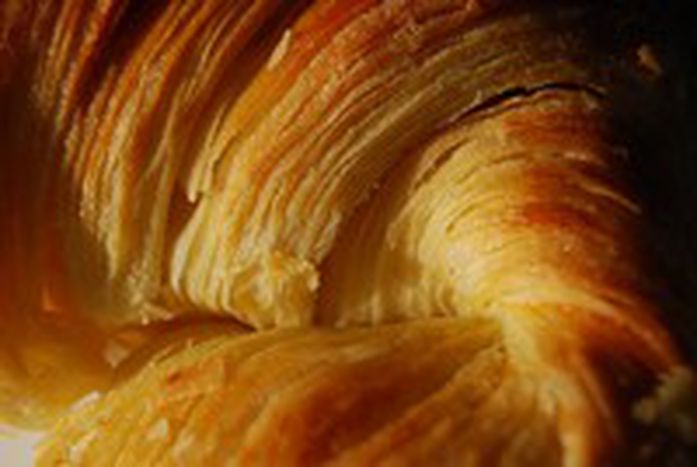
Croissant – Turkish, not French
Published on
Translation by:
 Sophie Paterson
Sophie Paterson
The European journey of a French legend, and why the croissant has finally become a veritable speciality in France
Who would have thought it? The epitome of French breakfast culture may not actually be French. According to legend, the Turks tried to attack the Austrian capital in 1683. Pretty craftily, too: they tried to dig a tunnel in order to penetrate Vienna unseen. But they hadn’t counted on the Viennese master bakers, who at an early hour were already at their ovens and noticed the noises coming from the Turkish tunnellers. They immediately raised the alarm and the cover was blown. During the following celebrations a pastry was invented in the shape of a crescent. Sound familiar? Of course it does: the white crescent symbol is also visible on the Turkish national flag. Sounds plausible.
 The only spoiler is that the Austrians call the croissant Hörnchen or Kipferl (‘little horn’), which doesn’t have anything to do with the French lune croissante (‘waxing moon’). But there’s a historical explanation for this as well: most likely it was the Austrian emperor’s daughter Marie-Antoinette, married off in 1770 to the French king Ludwig XVI, who introduced her favourite breakfast specialty to the French court. As is generally known, the court society loved to copy new fashions, and so the crescent-shaped pastry quickly found its way into French bakeries.
The only spoiler is that the Austrians call the croissant Hörnchen or Kipferl (‘little horn’), which doesn’t have anything to do with the French lune croissante (‘waxing moon’). But there’s a historical explanation for this as well: most likely it was the Austrian emperor’s daughter Marie-Antoinette, married off in 1770 to the French king Ludwig XVI, who introduced her favourite breakfast specialty to the French court. As is generally known, the court society loved to copy new fashions, and so the crescent-shaped pastry quickly found its way into French bakeries.
- 'This croissant is delicious'
- 'Yeah, try the one I invented'
(Illustration: Bosco Rey-Stolle)
Today the croissant has become the incarnation of French cuisine; it recalls the term viennoiseries (‘Viennese pastries’), yet evokes almost nothing of its European journey. Layer by layer, the French have made the little horn’s original yeast dough their own by including a lot of butter in the so-called Danish pastry dough. The first official recipe can be found in the 1906 edition of the Nouvelle Encyclopédie culinaire. Really good croissants are hardly ever found outside of France these days. They remain a French discipline– even if only officially from the twentieth century.
Croissant - the one and only…
Ingredients: 500g flour, 50g sugar, 42g yeast, 2 eggs, milk, 1 pinch of salt, heaps of butter
Let’s go
Heat up the milk and yeast with sugar and milk, then stir in the other ingredients and 50g butter. Put in the fridge and be amazed the next morning when the yeast dough has (hopefully) risen.
The next morning
Roll out into a square, dust with flour and place the butter on top
Fold the dough to the middle like an envelope and into a rectangle shape
Fold the rectangle three times over itself and roll out again
Repeat the whole procedure around 3 or 4 times (That’s what all the butter is for!)
Lastly cut into triangles and roll each into a little horn from the wide base up
Put into the oven (pre-heated to 220 degrees) and bake for 20 minutes
And when it comes to the crunch (or bite), you’ll realise that your croissants just aren’t the same as the ones from a French boulangerie ...
First published on cafebabel.com on 7 March 2008
Translated from Croissant - so eine Wienerei!?


